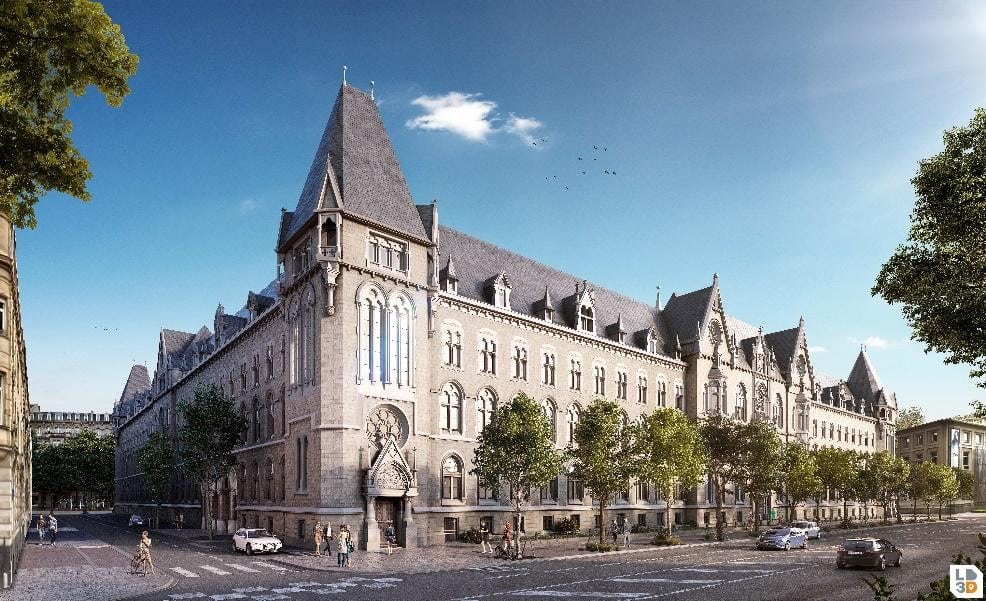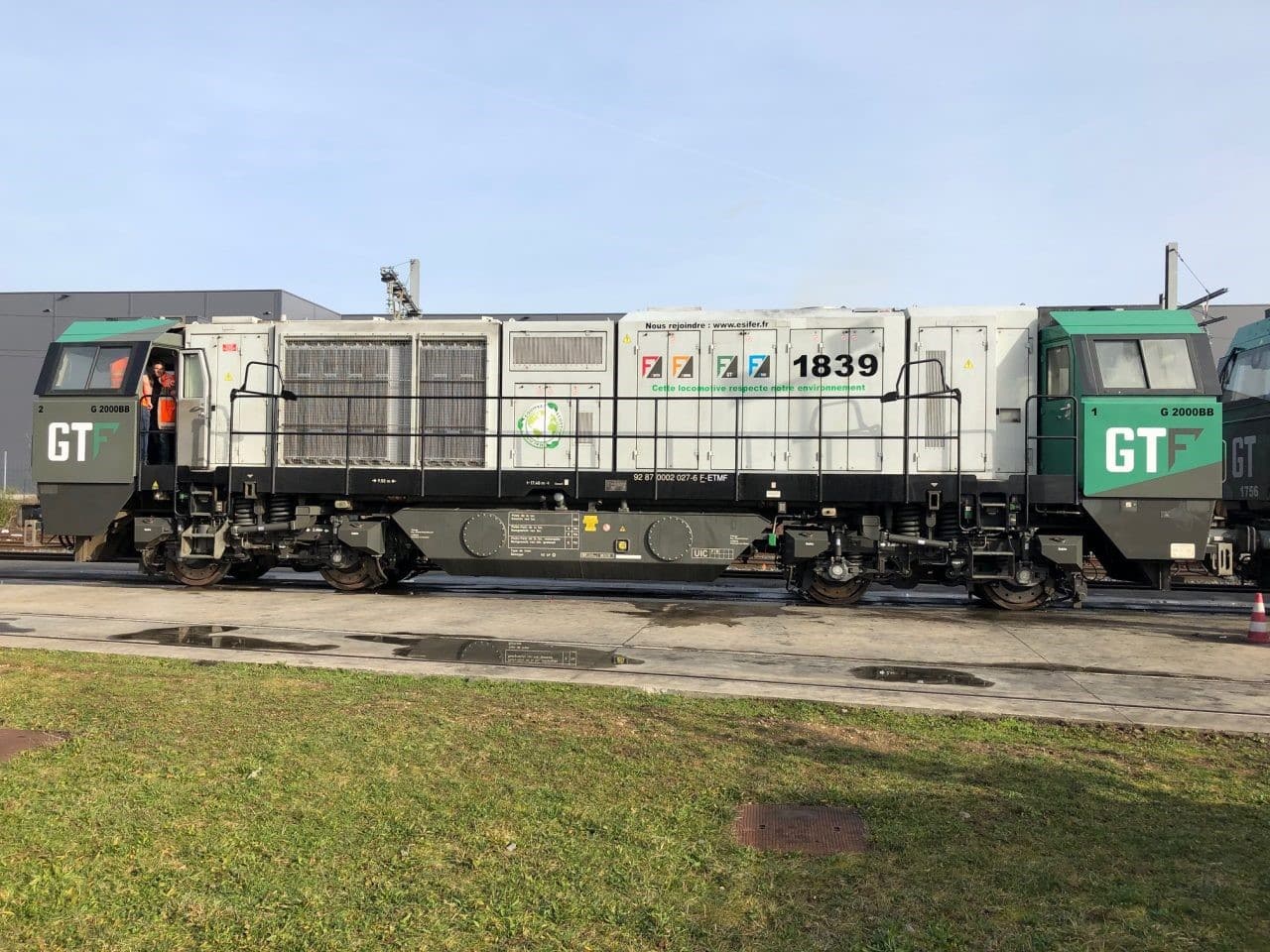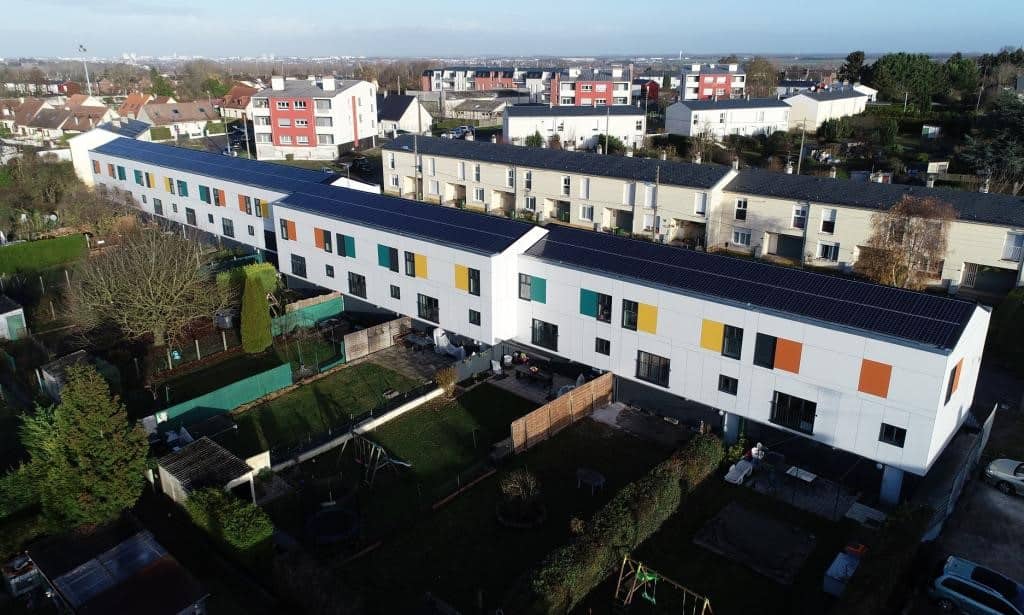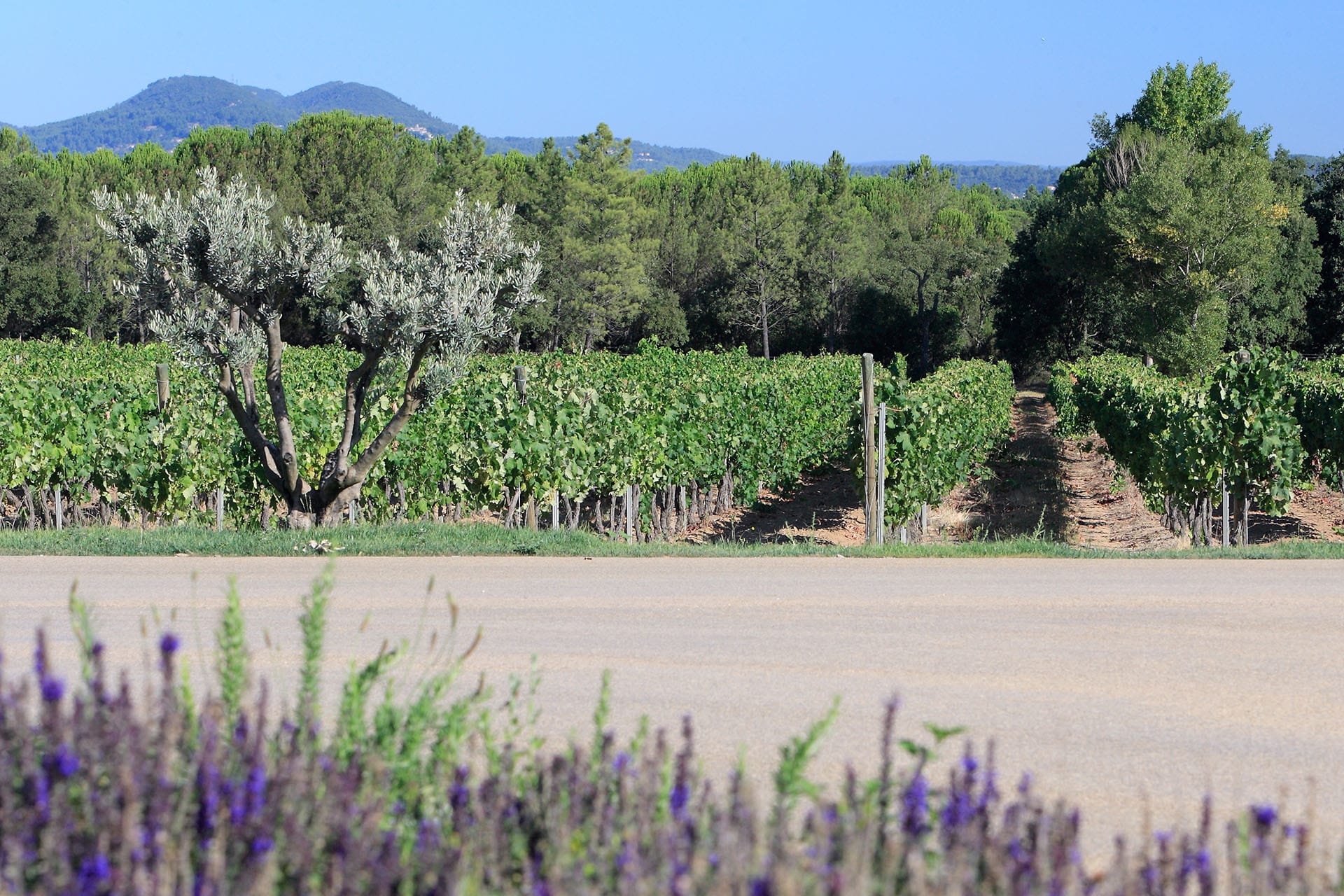ABC (Autonomous Building for Citizens) is the first autonomous residence concept in France. It was designed entirely by Bouygues Construction’s R&D teams with the architectural firm Valode & Pistre. It is being developed and built by teams from Linkcity (the Group’s property developers) and Bouygues Bâtiment Sud-Est for the city of Grenoble. It was delivered in September 2020. The residents are being helped to reduce their consumption in this new type of housing, as their involvement in the life of the building is a central element of the project.
The autonomy of this building is based on 3 pillars that contribute to reducing the carbon footprint of the residence:
- Sobriety, thanks to an application that allows occupants to monitor all consumption, to control equipment (including heating systems) and to raise awareness of good practices among users. The complex includes 180 bicycle spaces and 360 m2 of vegetable gardens to encourage wider behavioural changes.
- Energy performance of the building: use of reinforced insulation (cork insulation, triple glazed windows, A+++ household appliances; LED lighting)
- Reduction of energy and water consumption: this is based on local production and distributed in short circuits. Beyond the carbon gains, the local production of photovoltaic electricity integrated into the building supports the national deployment objectives by reducing the footprint of the panels (since they are integrated into the building).
The ABC building aims to be 70% self-sufficient in electricity, to reduce its water consumption by 2/3 compared to a conventional residence (i.e., more than 50L saved per day and per person) and to reduce household waste by 40%. In addition to the resource savings, the reductions in water consumption and waste result in a carbon gain of approximately 40 teqCO2 over the life of the building.
In addition, the carbon footprint of the construction is also reduced using concrete with reduced CO2 emissions. In particular, the use of low-carbon CEM IV concrete has reduced the CO2 that would have been emitted by conventional concrete (i.e., CEM II/A) by more than a third, 270 teqCO2.
The housing complex consists of two buildings, representing a built area of 5000 m², with 62 flats (42 intermediate rental flats and 20 social rental flats). The ABC (Autonomous Building for Citizens) demonstrator, France’s first autonomous residence, won a prize at the BatiActu Construction Awards in September 2020. It was delivered in Grenoble in summer 2020 by teams from Linkcity and Bouygues Bâtiment Sud-Est.
The project received a mention at the “Green Solutions Awards 2020-2021” in the “Grand Prix Quartier Durable” category.








